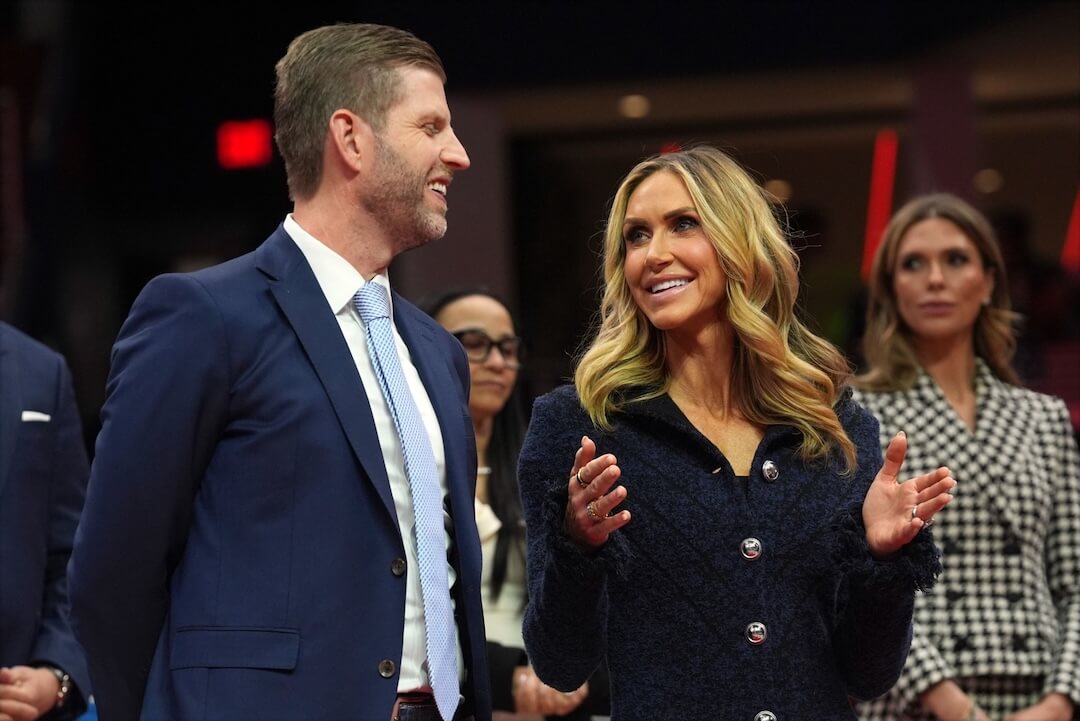 The number of full-time statehouse reporters employed by newspapers has declined 35 percent since 2003, according to a new Pew report. That’s “slightly higher than the decline in newspaper newsroom staffing overall.”
The number of full-time statehouse reporters employed by newspapers has declined 35 percent since 2003, according to a new Pew report. That’s “slightly higher than the decline in newspaper newsroom staffing overall.”
A full 71 percent of U.S. newspapers and 86 percent of local TV stations don’t have a part-time or full-time statehouse reporter at all. Just 47 percent of all statehouse reporters are full-time, Pew reports.
Some non-legacy outlets have started covering state capitol buildings, but they aren’t fully picking up the slack:
As newspapers have withdrawn reporters from statehouses, others have attempted to fill the gap. For-profit and nonprofit digital news organizations, ideological outlets and high-priced publications aimed at insiders have popped up all over the country, often staffed by veteran reporters with experience covering state government. These nontraditional outlets employ 126 full-time statehouse reporters (17% of all full-time reporters). But that does not make up for the 164 newspaper statehouse jobs lost since 2003.
While newspapers still account for the largest share of statehouse reporters, many small-town papers have cut back completely:
“Way back in the day, 35 years ago, a lot of the small papers had reporters in the statehouse,” said Susan Moeller, news editor of the Cape Cod Times in Massachusetts. Her paper had a two-person statehouse bureau, which was cut to one and then zero during the recession, she said.
“You can lay off your statehouse reporter or you can lay off somebody covering your town that is nearer and dearer to people’s hearts,” Moeller said. “You will lay off the statehouse reporter because you can get that from another source.” Last year, Moeller said, editors hired a reporter to cover the statehouse part time—but he is based on Cape Cod and also responsible for covering the town of Hyannis.
But the choice by some news outlets to eliminate statehouse reporting is coming at a bad time. According to the report: “Because the federal government is divided and Congress today is often gridlocked, many people view state governments as the prime sources of legislative diligence in the United States.”







Comments